How You Should Winterize Hydrangeas — 4 Simple Steps to Protect Your Blooms From Harsh Weather
Follow these expert tips to ensure your hydrangeas are prepared for the cold and crisp winter season
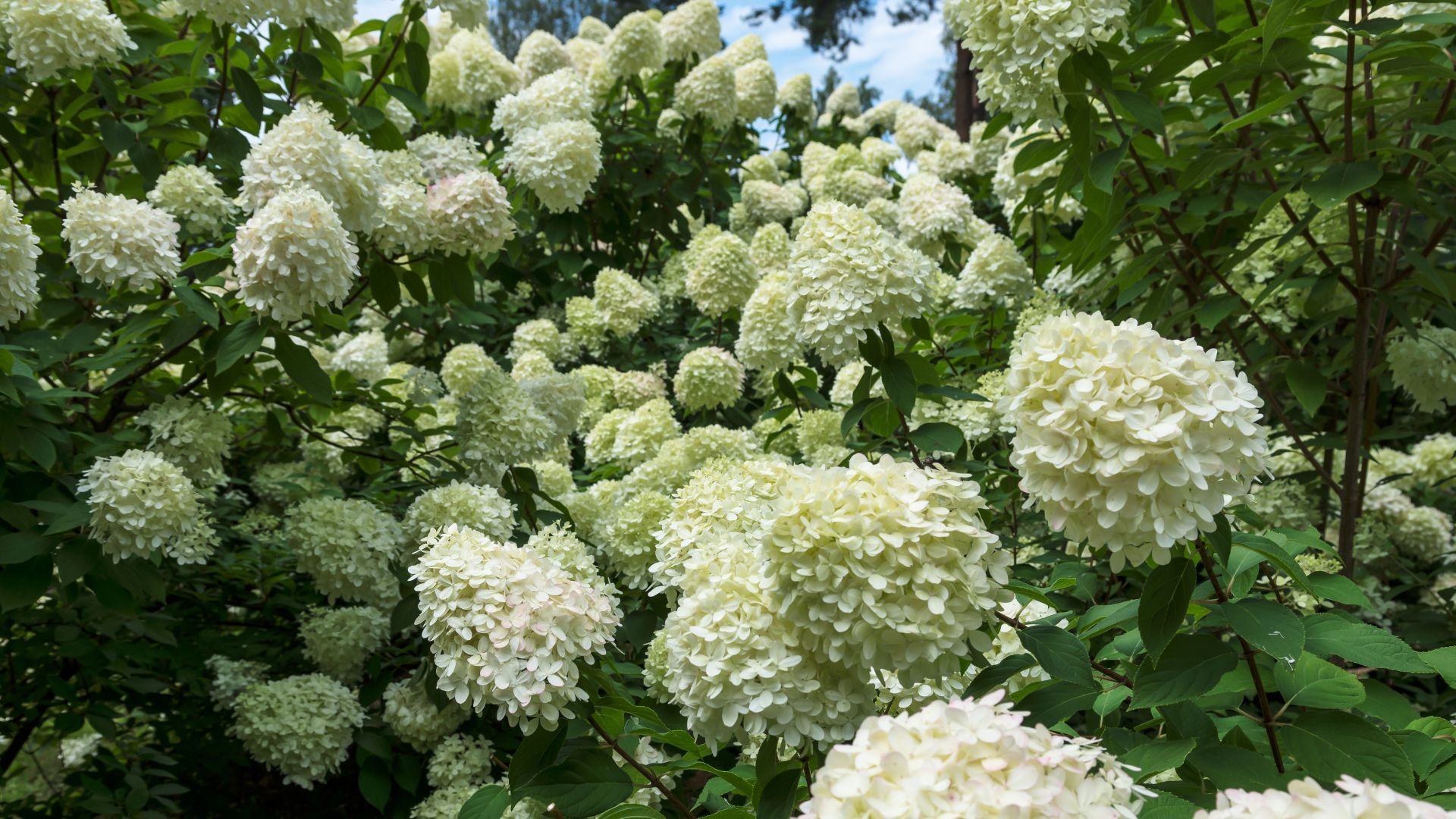

We're swiftly inching towards that time of year when we retire our gardening gloves and head indoors, leaving our garden to (mostly) fend for itself through the winter. But before we do that, it's important to prep your precious outdoor plants to make it past the frost.
In the case of hydrangeas, a little maintenance goes a long way. Whether you're investing your time in ground-grown or potted hydrangea care, winterizing is the way to go. This method is commonly adopted by professional gardeners around this time of year and it's easy enough for gardeners of any level to do it themselves.
Winterizing hydrangeas is so simple, in fact, it can be done in just four quick steps. Here's how.
How to Winterize Hydrangeas
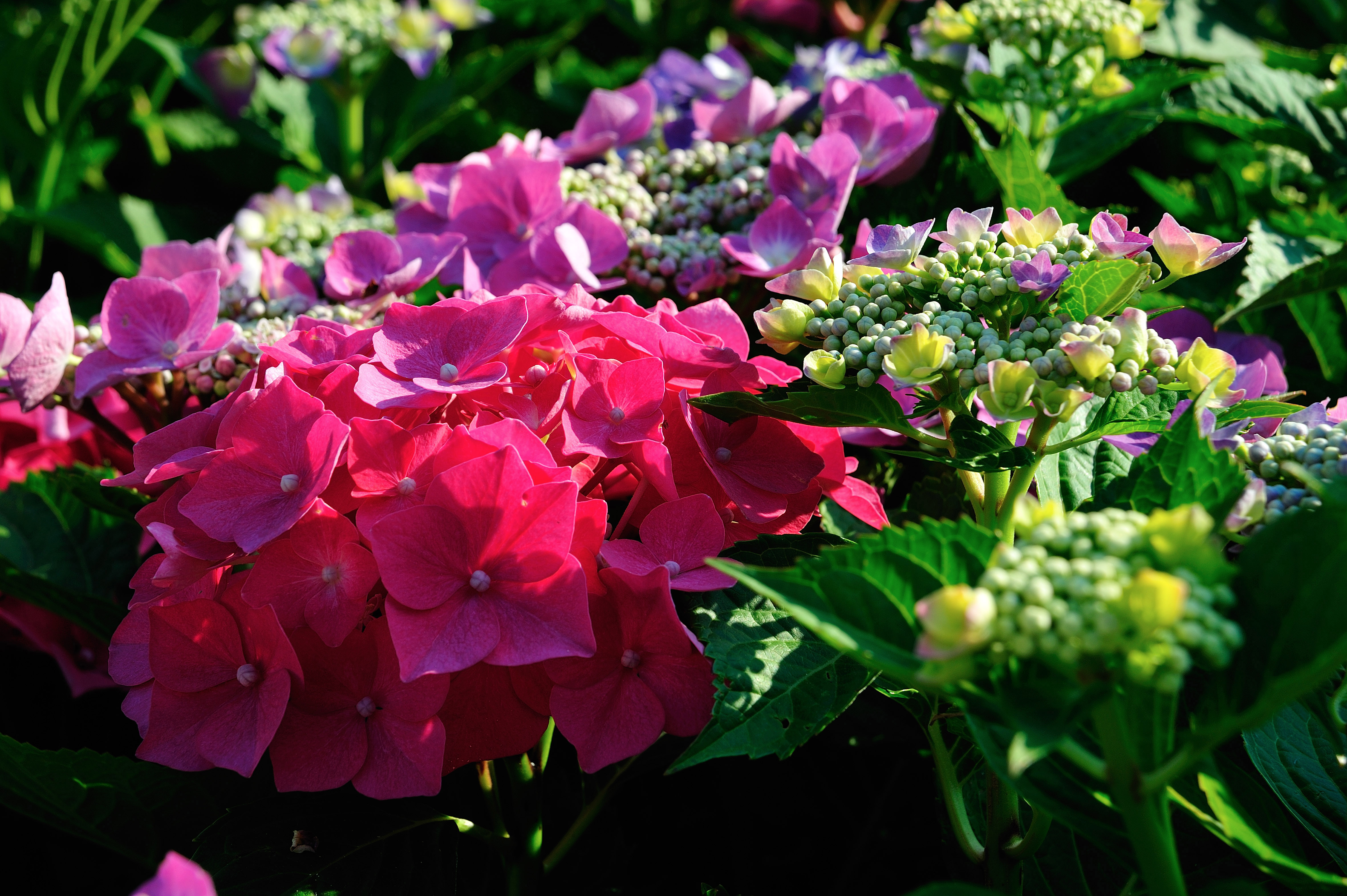
While speaking with gardening expert Tony O'Neill about winterizing hydrangeas, he's given us a step-by-step guide to making sure these clustered blooms are well-protected to brace the cold. Instead of total overwintering, winterizing is the go-to move to prepare hydrangeas for winter.
Here's his tried-and-tested technique for winterizing hydrangeas.
Step 1: Tony encourages gardeners to begin winterizing hydrangeas by indulging in a little light pruning. You'll need the right pruning tools for this. The Haus & Garten Classic Bypass Pruning Shears from Amazon should do the trick. "For older varieties, you may need to prune deadwood or damaged branches," he says. "But avoid heavy pruning on hydrangeas that bloom on old wood, such as hydrangea macrophylla."
Step 2: Next, Tony tells us to add a two to four-inch layer of mulch around the base of the hydrangea to protect the roots from freezing. He finds straw or shredded leaves to be the best mulch option for these blooms.
Step 3: "Ensure the soil is well-watered before the ground freezes," he says. "This is extremely important as moist soil helps to insulate the roots."
Step 4: If you are in a colder region than most, Tony recommends covering your hydrangea with burlap or frost cloth. He explains that this layer of protection will help shield it from extreme winter winds and frost.
Instead of learning how to revive hydrangea plants after the fact, adding this task to your gardening game plan is a smart move that will help you prevent major plant damage.
Do All Hydrangeas Need to be Winterized?

According to Tony, not all hydrangeas need to be winterized and, in fact, some of them are resilient enough to be left alone.
"Some varieties like hydrangea paniculata and hydrangea arborescens are hardier and more tolerant of colder conditions," he notes. "However, less hardy varieties such as hydrangea macrophylla (bigleaf hydrangeas) and hydrangea quercifolia (oakleaf hydrangeas) are more susceptible to frost damage and benefit from winter protection."
Being able to identify which plant variety requires winterization is one of the things people with perfect hydrangeas know, and now you do, too.
How to Winterize Potted Hydrangeas

Aside from cutting back hydrangeas in fall and winterizing your bedded hydrangeas, Tony finds that it's often a good idea to winterize your container garden as well. Here are his top tips to safeguard your potted hydrangeas.
Tip 1: If possible, Tony recommends moving your potted hydrangeas into a garage, greenhouse, or sheltered space to avoid direct frost exposure.
Tip 2: If you're dealing with limited space and are forced to keep the plant outside, he suggests wrapping the pot with bubble wrap or cloth. He explains that doing so will help insulate the roots and prevent freezing.
Tip 3: "Reduce watering, but ensure the plant doesn’t completely dry out over winter," he advises. "Watering sparingly will keep the soil moist without waterlogging it."
Tip 4: His final tip for winterizing potted hydrangeas is to treat the plants with a layer of mulch around the base to further protect the roots from cold temperatures.
Among the most common hydrangea mistakes, not giving them the protection they need to survive winter is probably well at the top of the list. Take it from the experts — accounting for the winterizing process and giving your flower garden the love it deserves to stay warm through the cold is a genius move.
You won't have to worry about losing your beautiful backyard to a harsh winter and you'll find that your backyard will quickly bounce back into full bloom post-frost. Given the right attention, chilly winter weather will prove to be no match for your blossoming hydrangeas.
FAQs
Do Hydrangeas Need to be Tied Up for Winter?
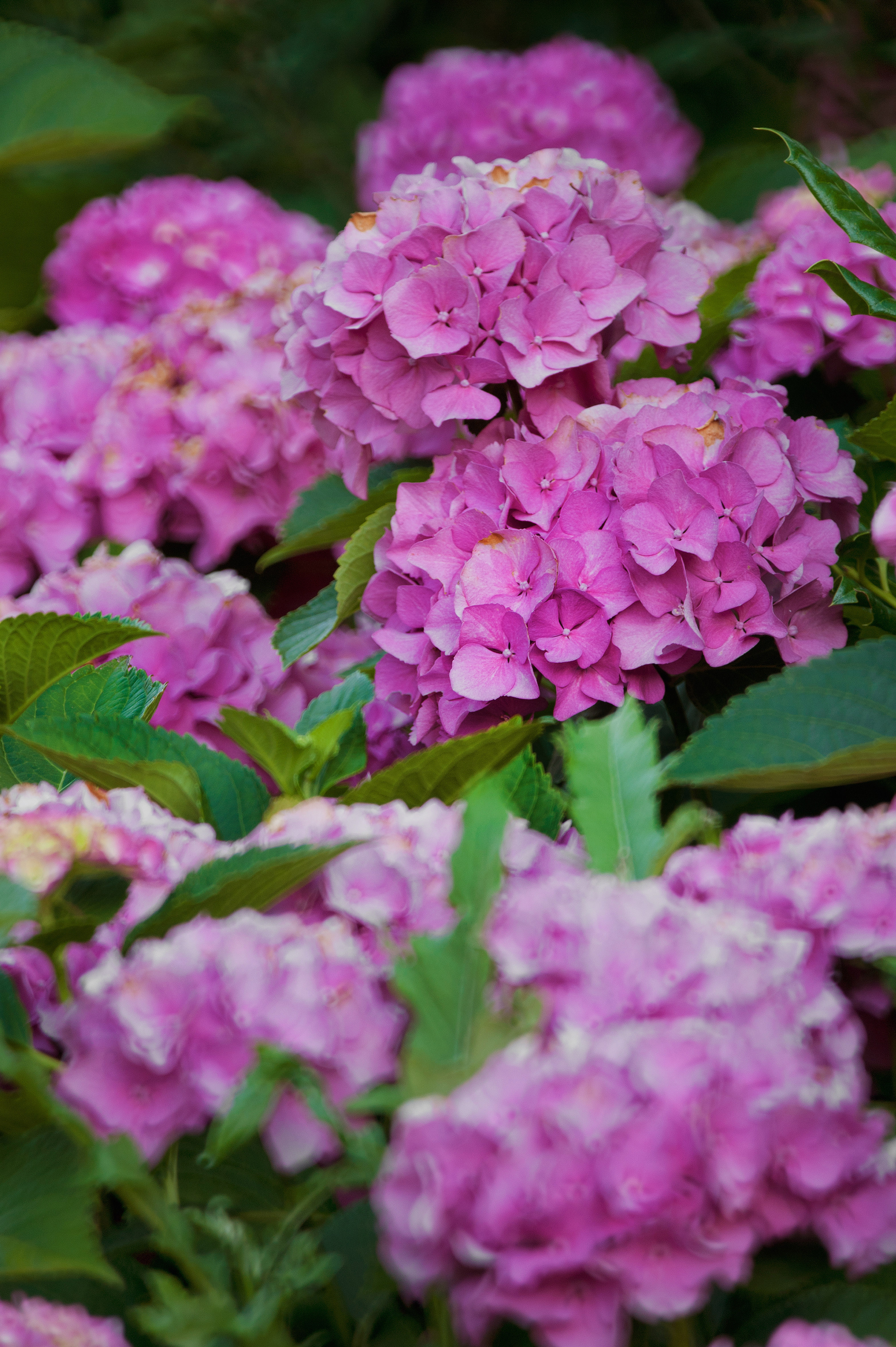
"Yes, in areas where there’s heavy snow or strong winds, it can be helpful to loosely tie hydrangea stems together," says Tony. "Typically, this will help prevent them from breaking under the weight of snow."
He recommends using soft ties like garden twine to gently gather the stems without constricting them. And to avoid encouraging mold, he finds that it's essential to retain adequate airflow.
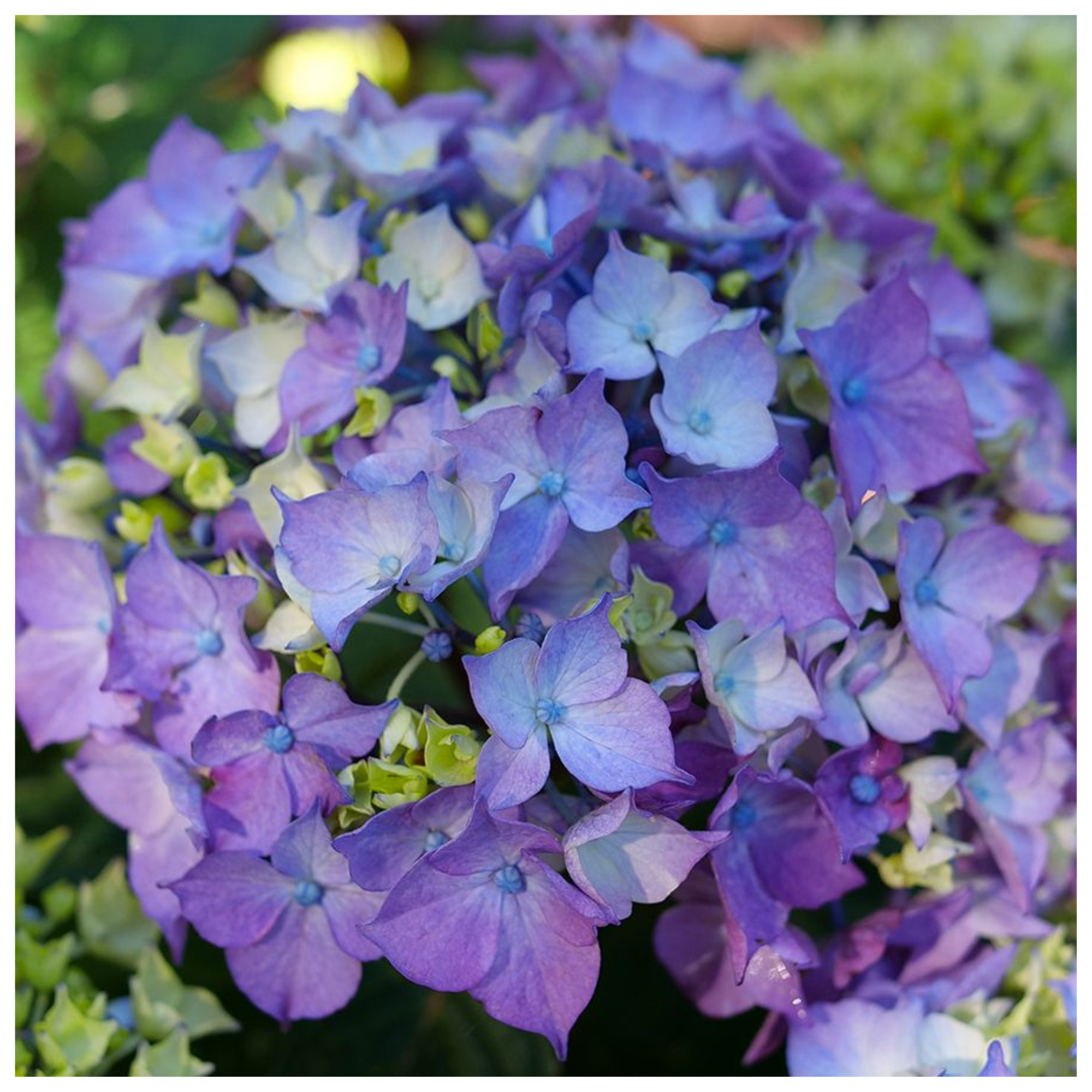
Price: $30
Size: 1-Quart
The Let's Dance Lovable™ Bigleaf Hydrangea plant from Jackson & Perkins makes for a beautiful addition to any yard, thriving in zones 5 - 9.
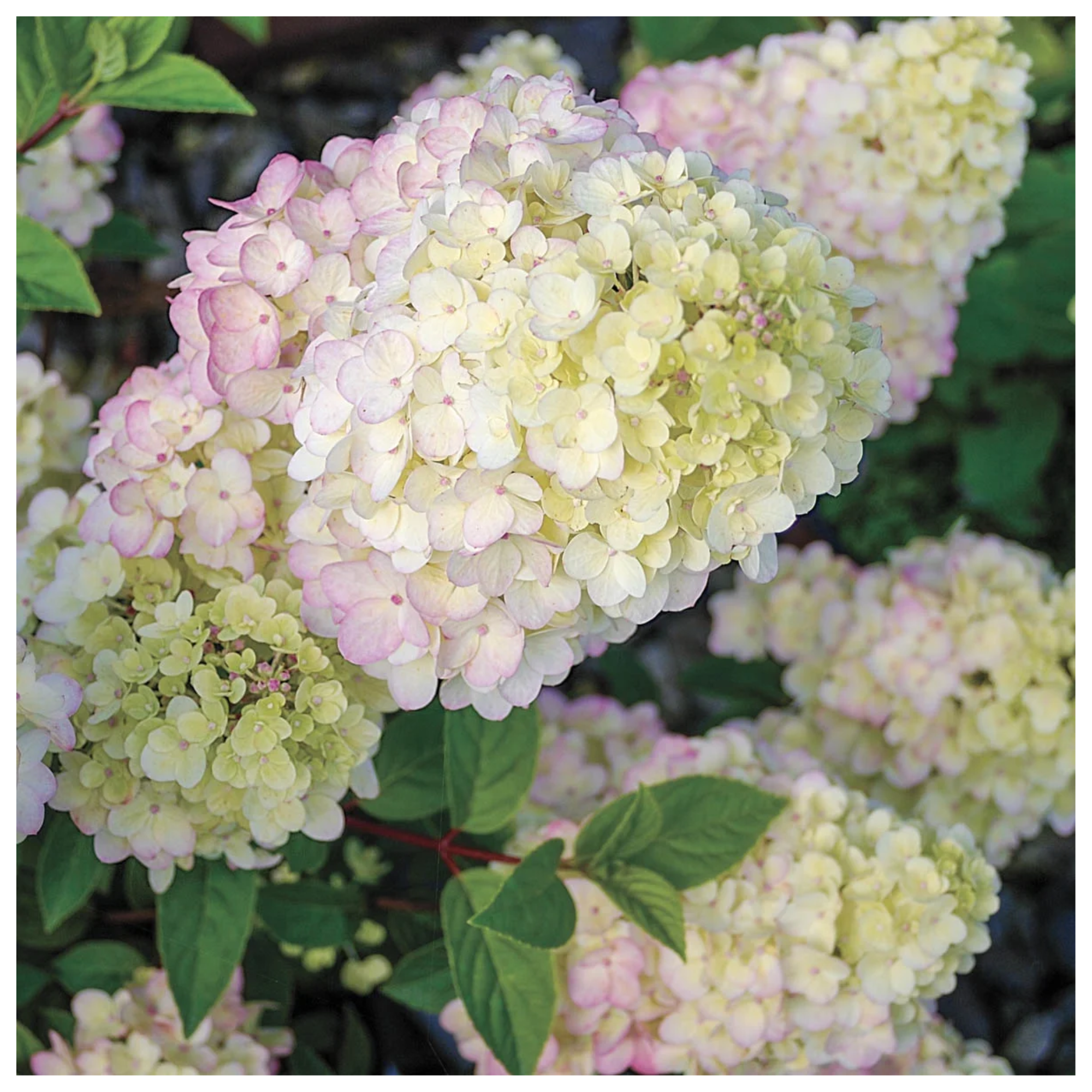
Price: $55
Size: 2.25 Gallon Pot
This Strawberry Sundae Potted Hydrangea Bush from Walmart is a pastel floral wonder growing at its best when spaced 36 in. to 48 in. apart.
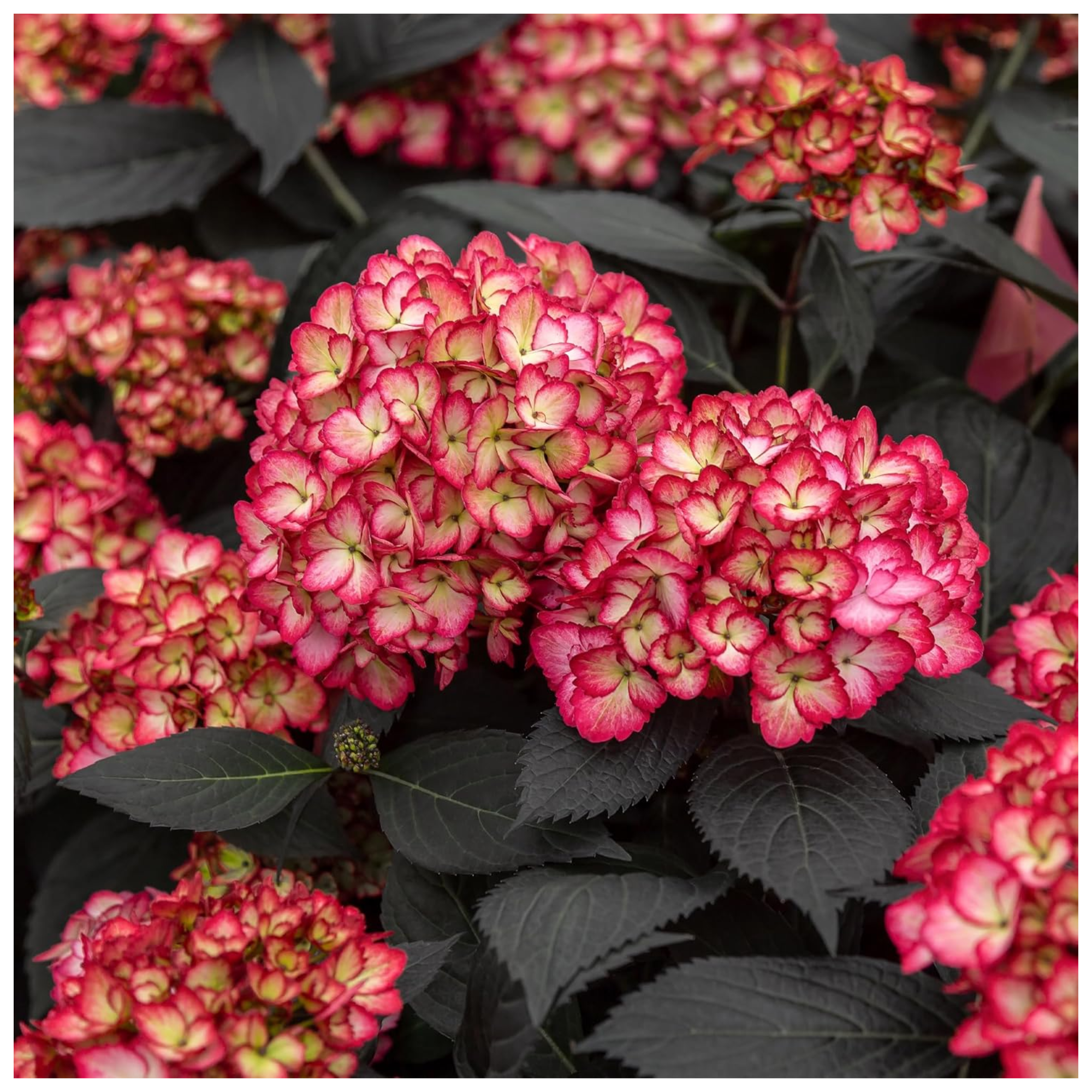
Price: $32
Size: 2 Gallon
This First Editions Eclipse Hydrangea Shrub blooms romantic cranberry-hued flowers and will quickly become one of your favorite hydrangea shade plants.
Be The First To Know
The Livingetc newsletters are your inside source for what’s shaping interiors now - and what’s next. Discover trend forecasts, smart style ideas, and curated shopping inspiration that brings design to life. Subscribe today and stay ahead of the curve.

Amiya is a Home Wellness Writer at Livingetc. She recently graduated with a Masters Degree in Magazine Journalism from City, University of London, and has lent her words to beauty, fashion, and health sections of lifestyle publications including Harper’s Bazaar and Women’s Health. Her experience as a research analyst has equipped her with an eye for emerging trends. When she’s off the clock, she can be found reading, listening to music, or overanalyzing her latest Co-Star update.
-
 My 10 Favorite Designs at Milan Design Week 2025 — Out of the Hundreds of Pieces I Saw
My 10 Favorite Designs at Milan Design Week 2025 — Out of the Hundreds of Pieces I SawThere is a new elegance, color, and shape being shown in Milan this week, and these are the pieces that caught my eye
By Pip Rich
-
 Iridescence Is Chrome’s More Playful, Hard-to-Define Cousin — And You're About to See It Everywhere
Iridescence Is Chrome’s More Playful, Hard-to-Define Cousin — And You're About to See It EverywhereThis kinetic finish signals a broader shift toward surfaces that move, shimmer, and surprise. Here's where to find it now
By Julia Demer